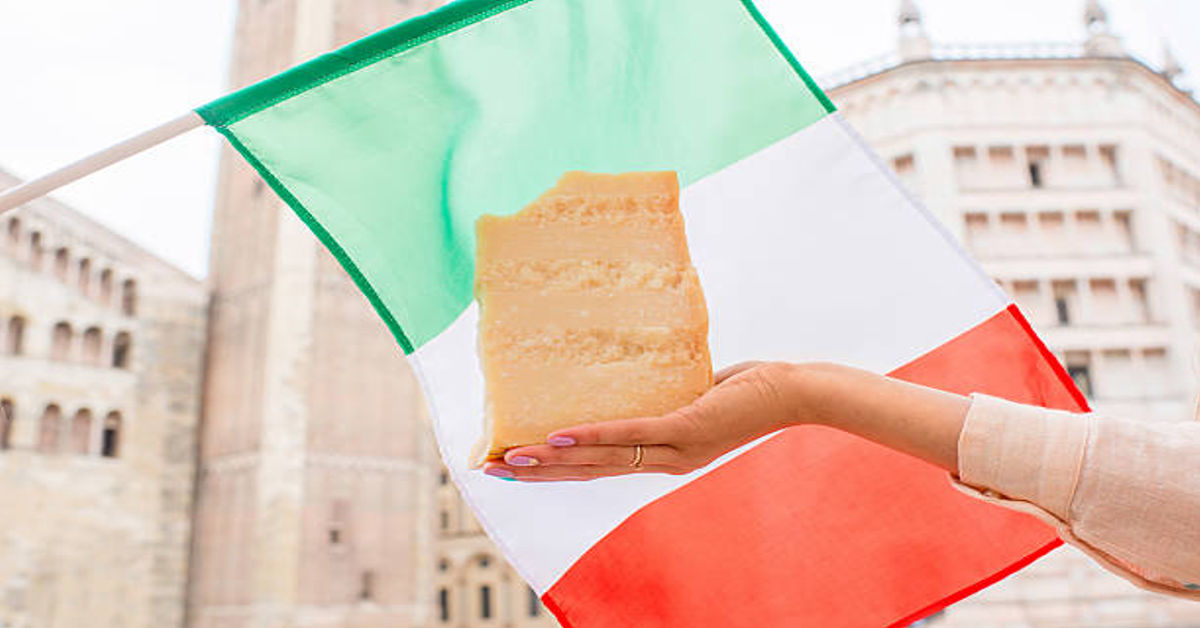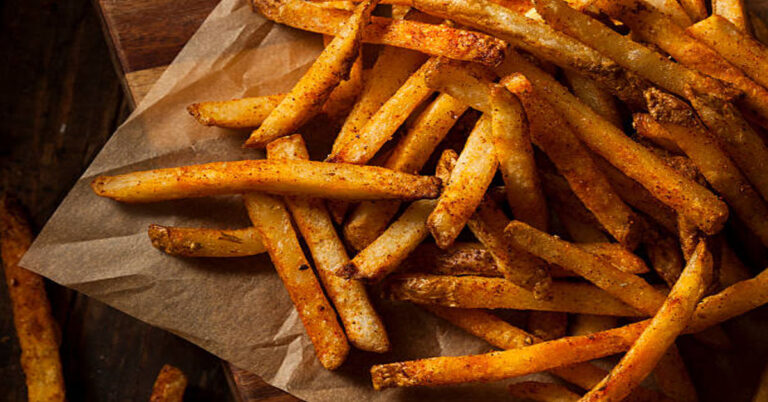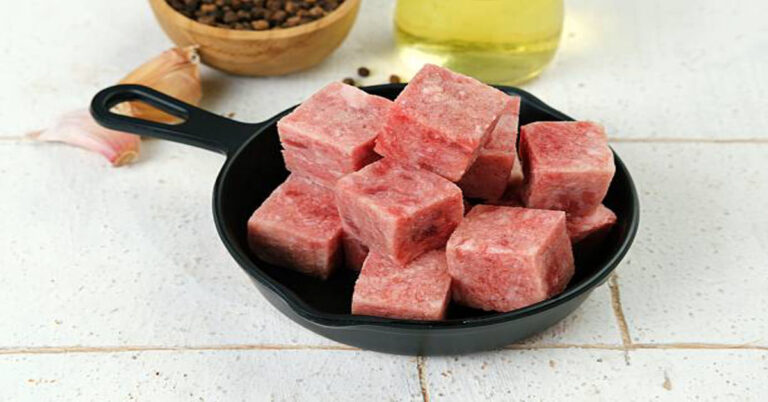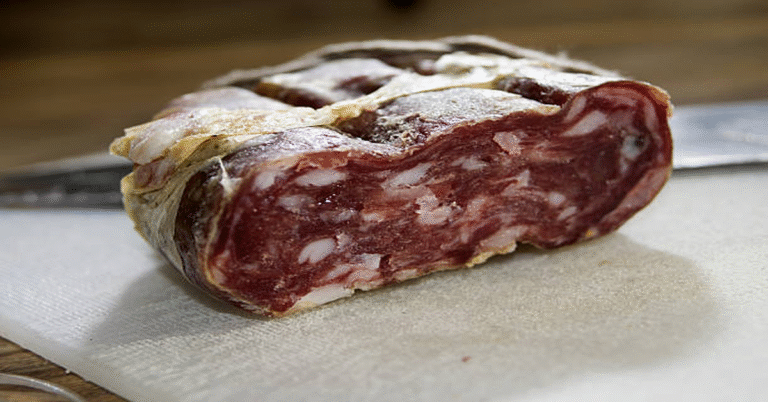Grana Padano: A Complete Guide to Italy’s Golden Cheese
Among Italy’s many culinary treasures, few are as iconic, historic, and universally appreciated as Grana Padano. This hard, granular cheese—aged to perfection and boasting a savory, nutty flavor—is not only a staple of Italian cuisine but also a symbol of craftsmanship, culture, and regional pride.
Whether sprinkled over pasta, shaved onto salads, or savored on its own with wine, Grana Padano represents centuries of dedication to artisanal food production. This comprehensive guide explores its origins, production methods, characteristics, health benefits, culinary uses, and how it compares with similar cheeses like Parmigiano-Reggiano.
1. The Origins and History of Grana Padano
The story of Grana Padano begins nearly a thousand years ago in the Po River Valley of northern Italy—a fertile region encompassing parts of Lombardy, Emilia-Romagna, Piedmont, Trentino, and Veneto.
Around 1135 AD, Cistercian monks at the Abbey of Chiaravalle near Milan sought a way to preserve surplus milk. Without refrigeration, milk would spoil quickly, so the monks developed a method of cooking, curdling, and aging the milk into a dense, long-lasting cheese. They called it “Caseus vetus”, meaning “old cheese,” but locals affectionately referred to it as “grana” due to its grainy texture.
Over centuries, the term evolved into “Grana Padano,” literally translating to “grainy cheese from the Po River Plains.”
By the 15th century, Grana Padano had become a prized commodity in Italy’s noble courts and was traded across Europe. Its reputation for durability and intense flavor made it a valued food for travelers, soldiers, and merchants alike. Today, Grana Padano continues to honor this heritage, produced under strict standards that protect its authenticity.
2. Understanding Its Protected Designation of Origin (PDO)
Grana Padano holds the prestigious Protected Designation of Origin (PDO) status granted by the European Union. This means every wheel must be produced, aged, and packaged within specific Italian regions following strict traditional methods.
The PDO certification protects not only the cheese’s identity but also the regional economies, local dairies, and cultural integrity associated with its production.
Table 1: Key Facts about Grana Padano PDO
| Feature | Description |
|---|---|
| Official Name | Grana Padano DOP (Denominazione d’Origine Protetta) |
| Established | 1954 (Grana Padano Consortium); PDO granted 1996 |
| Production Region | Po River Valley, Northern Italy |
| Aging Period | Minimum 9 months, up to 24–36 months |
| Milk Type | Cow’s milk, partially skimmed |
| Flavor Profile | Nutty, savory, slightly sweet, and grainy |
| Texture | Hard, crumbly, and granular |
| Certification Mark | Fire-branded lozenge with “Grana Padano” pattern |
Each wheel of authentic Grana Padano is inspected by the Consorzio Tutela Grana Padano, the official regulatory consortium. Only cheeses meeting all quality and authenticity criteria receive the fire-branded diamond logo.
3. The Geographic Area and Environment of Production
The unique characteristics of Grana Padano arise from its terroir—the environmental factors such as climate, soil, and vegetation that influence the milk’s composition.
The Po Valley (Pianura Padana), stretching across northern Italy, provides ideal conditions for dairy farming:
- Rich pastures nourished by river sediments
- Mild, humid climate that supports year-round fodder growth
- Abundant fresh water for livestock
- Centuries-old dairy traditions
These natural advantages give the milk used in Grana Padano a distinct balance of fats, proteins, and minerals—forming the foundation of its remarkable flavor and texture.
4. The Traditional Production Process
The making of Grana Padano is both an art and a science, refined over centuries yet faithful to ancient methods. Each wheel, weighing around 35 kilograms, takes months of care and precision.
Step-by-Step Production:
- Milk Collection:
Fresh, raw cow’s milk is collected twice daily from local farms. The evening milk is partially skimmed overnight, then combined with the morning milk to achieve the perfect fat balance. - Curd Formation:
The milk is poured into large copper vats shaped like inverted bells. Calf rennet and whey from the previous day’s batch are added, initiating curdling. - Cooking the Curd:
The curd is gently cooked at about 53°C (127°F) until it forms granules resembling rice. The mixture settles naturally, and the cheese mass is separated from the whey. - Molding and Pressing:
The cheese is lifted, divided into two wheels, wrapped in linen cloth, and placed into cylindrical molds. It rests for several days to drain excess moisture. - Salting:
The molded cheeses are soaked in a brine bath (saltwater solution) for around 15–20 days, infusing flavor and acting as a natural preservative. - Aging:
After salting, the wheels are transferred to climate-controlled aging rooms with specific humidity and temperature.- Aged 9–16 months: Mild and creamy flavor
- Aged 16–20 months: Balanced, savory taste
- Aged 24+ months: Complex, crumbly, and intensely aromatic
- Quality Inspection:
Experts from the Consortium use a small hammer to tap each wheel, listening for imperfections, and insert a steel needle to check aroma. Approved wheels receive the Grana Padano PDO mark.
This meticulous process guarantees a consistent, high-quality product rooted in tradition yet adapted to modern safety standards.
5. Flavor, Texture, and Appearance
Grana Padano’s sensory profile is unmistakable. Its ivory-yellow interior is dotted with fine crystals of tyrosine, which form naturally during aging. These crystals give the cheese a pleasant crunch and deep umami richness.
Flavor Characteristics:
- Mild and milky in younger varieties
- Nutty and savory at mid-age
- Sharp, complex, and aromatic when aged beyond 24 months
The rind is hard, smooth, and inedible but plays a crucial role in preserving the interior during long maturation. When cut, the cheese crumbles into irregular shards rather than clean slices—a hallmark of authenticity.
6. Nutritional Composition and Health Benefits
Beyond its culinary charm, Grana Padano offers impressive nutritional value. It is high in protein, calcium, and essential vitamins while being naturally lactose-free due to aging.
Table 2: Average Nutritional Composition (per 100g)
| Nutrient | Amount | Benefit |
|---|---|---|
| Energy | 398 kcal | Provides long-lasting energy |
| Protein | 33 g | Builds and repairs body tissues |
| Fat | 28 g | Contains healthy milk fats |
| Calcium | 1,160 mg | Supports bone and dental health |
| Sodium | 650 mg | Natural preservation and electrolyte balance |
| Vitamin B12 | 1.8 µg | Supports nerve and blood health |
| Lactose | <0.1 g | Virtually lactose-free |
Health Benefits:
- High-Quality Protein: Grana Padano contains all essential amino acids, making it a complete protein source.
- Bone Health: Its rich calcium and phosphorus content promote strong bones and teeth.
- Digestibility: Long aging breaks down lactose and fats, making it easier to digest than fresh dairy.
- Satiety: The dense protein and fat profile help maintain fullness and regulate appetite.
- Immune Support: Contains zinc, selenium, and vitamins that support metabolic and immune functions.
Although high in sodium, moderate consumption of Grana Padano fits comfortably within a balanced diet.
7. Culinary Uses and Pairings
Grana Padano’s versatility makes it a cornerstone of Italian cooking and beyond. Its firm texture allows for grating, shaving, or chunking, adapting to countless recipes.
Common Culinary Uses:
- Grated over pasta, risotto, and soups for an umami boost
- Shaved onto salads or carpaccio for added texture and saltiness
- Melted into sauces for creamy richness
- Eaten with fruits and honey as part of an antipasto platter
- Used in baking for savory pastries, breads, and tarts
Perfect Pairings:
| Food/Drink | Recommended Pairing | Notes |
|---|---|---|
| Wine | Prosecco, Chianti, Barbera | Young Grana suits light whites; aged pairs with full-bodied reds |
| Fruits | Pears, figs, apples | Complement its nutty flavor |
| Accompaniments | Honey, balsamic vinegar, walnuts | Enhance sweetness and aroma |
| Meats | Prosciutto, salami | Balance saltiness with fat richness |
| Bread | Rustic sourdough or focaccia | Traditional Italian pairing |
Whether used in gourmet restaurants or home kitchens, Grana Padano elevates any dish it touches.
8. Differences Between Grana Padano and Parmigiano-Reggiano
Though often compared, Grana Padano and Parmigiano-Reggiano are distinct cheeses with unique characteristics. Both are PDO-certified and share similar production styles, but their regional differences affect flavor and aging.
Table 3: Comparison – Grana Padano vs. Parmigiano-Reggiano
| Feature | Grana Padano | Parmigiano-Reggiano |
|---|---|---|
| Region | Po River Valley (broader area) | Emilia-Romagna (specific provinces) |
| Aging | 9–24+ months | 12–36+ months |
| Milk Treatment | Partially skimmed, may use silage feed | Whole milk, no silage allowed |
| Flavor | Mild, sweet, nutty | Stronger, sharper, drier |
| Texture | Slightly smoother, less grainy | More crystalline and granular |
| Price | Generally lower | Typically higher due to limited production |
In essence, Grana Padano offers a gentler, creamier flavor, making it ideal for everyday cooking, while Parmigiano-Reggiano’s intense sharpness suits connoisseurs seeking a bolder taste.
9. Grana Padano in Modern Cuisine
Grana Padano has found new life in contemporary gastronomy. Chefs around the world use it in innovative ways, blending traditional Italian flavor with modern presentation.
Popular Modern Applications:
- Grana Padano foam or fondue for gourmet plating
- Cheese crisps (baked shards used as garnish)
- Infused butter or oil for sauces and risottos
- Grana Padano chips as protein-rich snacks
- Dessert applications such as pairing with dark chocolate or aged balsamic glaze
The cheese’s ability to complement both savory and sweet elements makes it a favorite ingredient in fusion cuisine.
10. Storage, Serving, and Handling Tips
Proper handling ensures Grana Padano retains its quality, aroma, and flavor over time.
Storage Tips:
- Refrigerate between 4°C–8°C (39°F–46°F).
- Wrap tightly in wax paper or cheese paper, then place in an airtight container.
- Avoid plastic wrap directly on the cheese; it traps moisture and alters flavor.
- Once cut, consume within 20–30 days for optimal taste.
Serving Tips:
- Serve at room temperature to release full aroma.
- Use a grana knife to break off natural chunks rather than slicing.
- Pair with aged wines or fresh fruits for contrast.
Proper care not only extends shelf life but enhances the sensory experience of each serving.
11. Sustainability and Economic Importance
Grana Padano’s production supports thousands of small dairy farmers and artisans across northern Italy. Its PDO system ensures fair pricing and sustainable agriculture.
Economic Contributions:
- Over 130 dairies and 4,000 farms involved in production
- Annual output exceeding 5 million wheels
- Exports to over 130 countries worldwide
- Employment for tens of thousands in dairy and logistics sectors
Environmental Initiatives:
The Consortium promotes:
- Sustainable feed sourcing
- Energy-efficient aging facilities
- Waste reduction and whey reuse for animal feed or biogas production
Thus, Grana Padano stands as a model of economic vitality and environmental responsibility within Europe’s agri-food system.
12. Cultural Significance and Symbolism
Beyond food, Grana Padano represents Italian identity, craftsmanship, and resilience. From monasteries to modern factories, it embodies the evolution of Italian food culture—balancing tradition with innovation.
The cheese appears in literature, film, and art as a symbol of abundance and authenticity. In many Italian homes, a wedge of Grana Padano is a culinary staple—used daily, respected deeply, and shared proudly.
During celebrations, grated Grana Padano adorns festive dishes; in humble kitchens, it transforms simple pasta into comfort food. It is both a luxury and a necessity—a bridge between Italy’s past and present.
13. Buying Authentic Grana Padano
When purchasing Grana Padano, authenticity is key. Look for the fire-branded diamond-shaped logo and the words “GRANA PADANO DOP” printed repeatedly on the rind.
Buying Tips:
- Purchase from reputable delis or grocery stores with proper refrigeration.
- Check for a consistent pale-yellow color and pleasant, nutty aroma.
- Avoid overly dry, cracked, or waxy surfaces.
- Pre-grated versions should list “100% Grana Padano PDO” on the label.
Buying whole wedges and grating them fresh yields the most authentic flavor and texture.
14. Fun Facts about Grana Padano
- One wheel of Grana Padano requires about 1,000 liters of milk.
- It’s the world’s best-selling PDO cheese, surpassing even Parmigiano-Reggiano in production volume.
- Because it’s naturally lactose-free, it’s suitable for most lactose-intolerant individuals.
- Some wheels are aged over 36 months, producing rare, crystalline textures sought by collectors and chefs.
- The rind, while not edible raw, can be simmered in soups for added depth and aroma.
15. Global Reach and Exports
Grana Padano’s popularity has made it a global ambassador of Italian cuisine. It is now exported to major markets like the United States, Germany, France, the UK, Japan, and Canada.
The Consortium’s marketing campaigns emphasize authenticity, traceability, and sustainability, countering imitation cheeses. Grana Padano has also gained favor among health-conscious consumers, thanks to its nutritional benefits and high digestibility.
Conclusion
Grana Padano is much more than a cheese—it’s a story of Italian heritage, rural craftsmanship, and culinary passion that spans centuries. From monastic beginnings to modern gourmet tables, it remains a shining example of how tradition and quality can coexist beautifully.
Its granular texture, delicate aroma, and balanced flavor have made it a beloved ingredient worldwide. Whether enjoyed in a simple risotto, paired with fine wine, or grated over a family meal, Grana Padano continues to connect people to the authentic taste of Italy’s pastoral heart.
FAQs
1. What is Grana Padano cheese made from?
Grana Padano is made from partially skimmed cow’s milk, rennet, and salt, following strict traditional methods within Italy’s Po Valley.
2. How long is Grana Padano aged?
It’s aged for a minimum of 9 months and up to 36 months. Longer aging produces a stronger, more complex flavor.
3. Is Grana Padano lactose-free?
Yes, due to its long aging process, almost all lactose is broken down, making it suitable for lactose-intolerant individuals.
4. How should I store Grana Padano at home?
Keep it refrigerated between 4–8°C, wrapped in cheese paper or wax paper, inside an airtight container to prevent drying.
5. What makes Grana Padano different from Parmigiano-Reggiano?
Grana Padano has a milder, sweeter flavor and a broader production area, while Parmigiano-Reggiano is sharper, aged longer, and produced in specific provinces.







